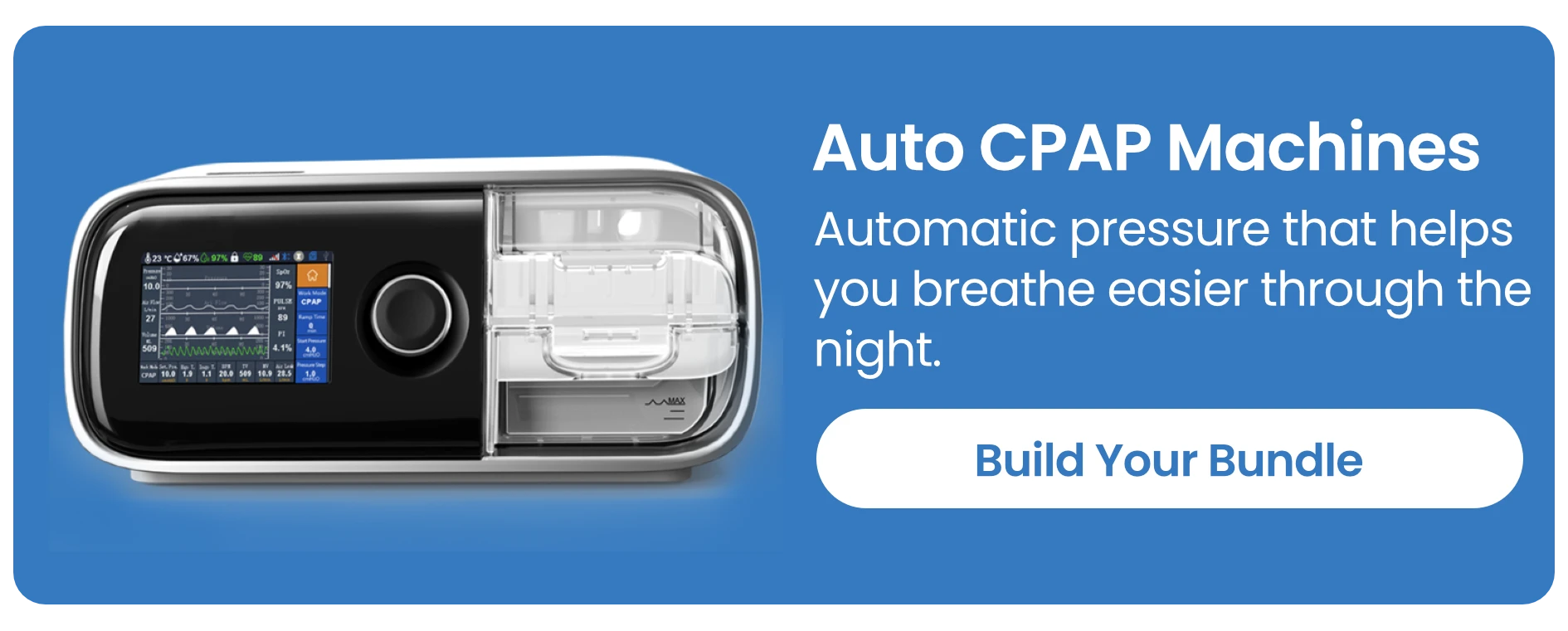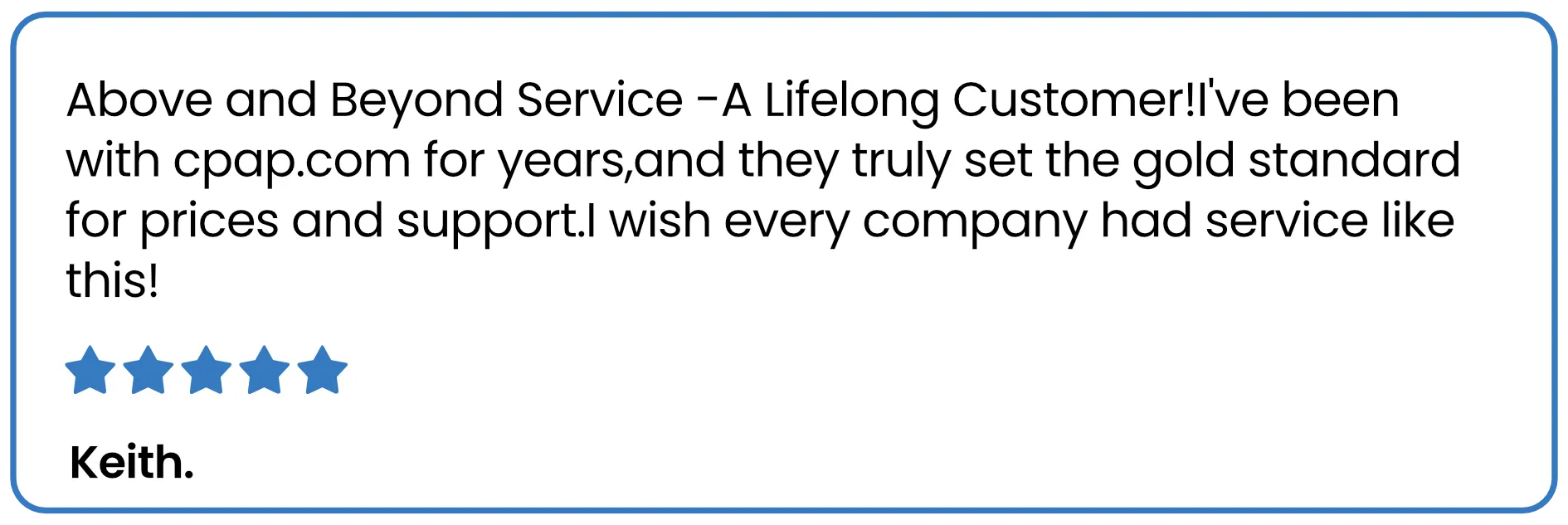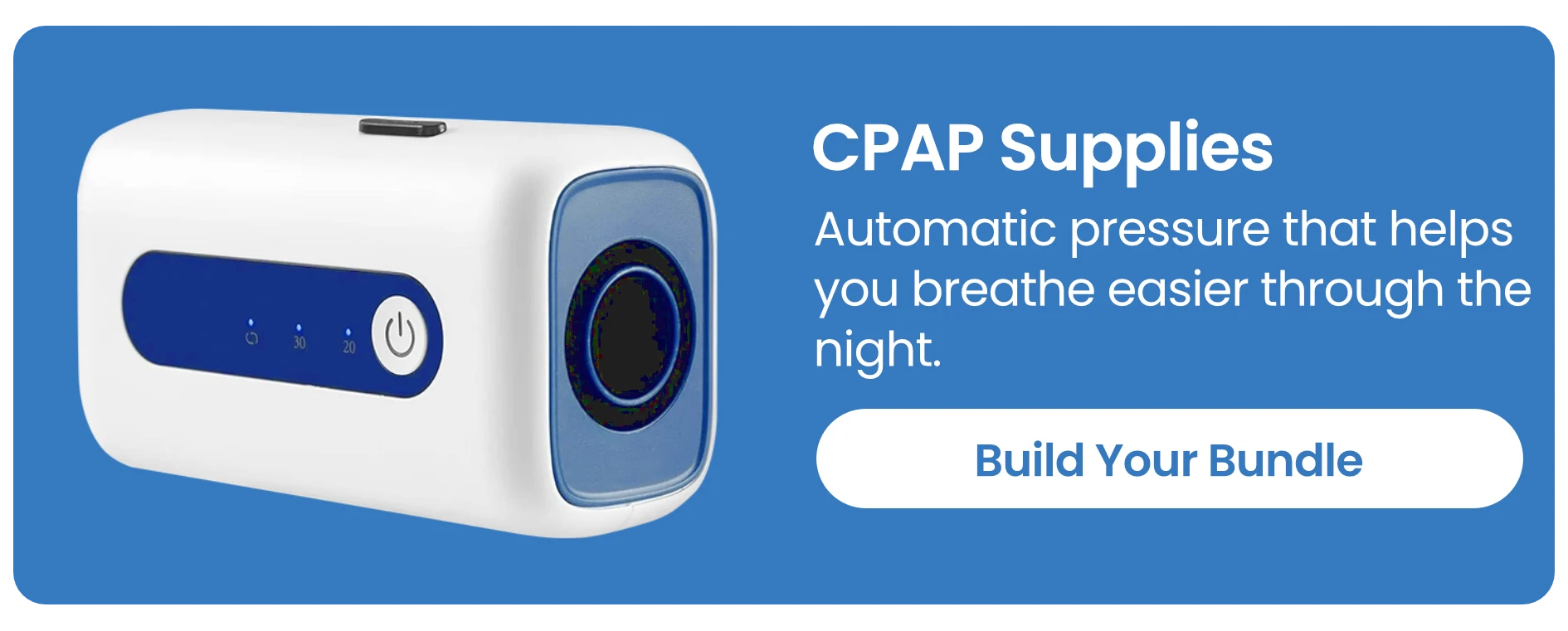Why Cleaning Your CPAP Machine Matters for Your Health
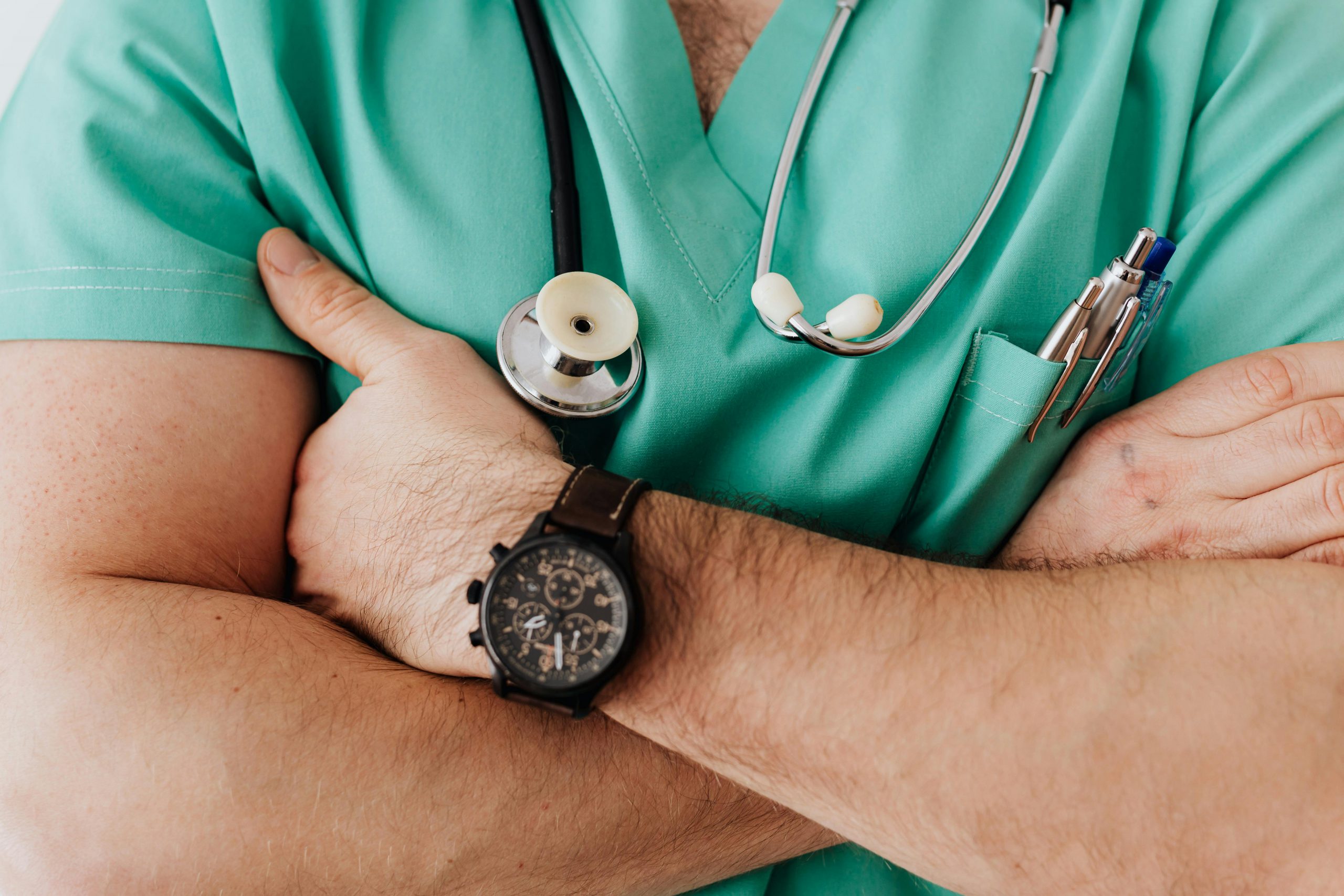
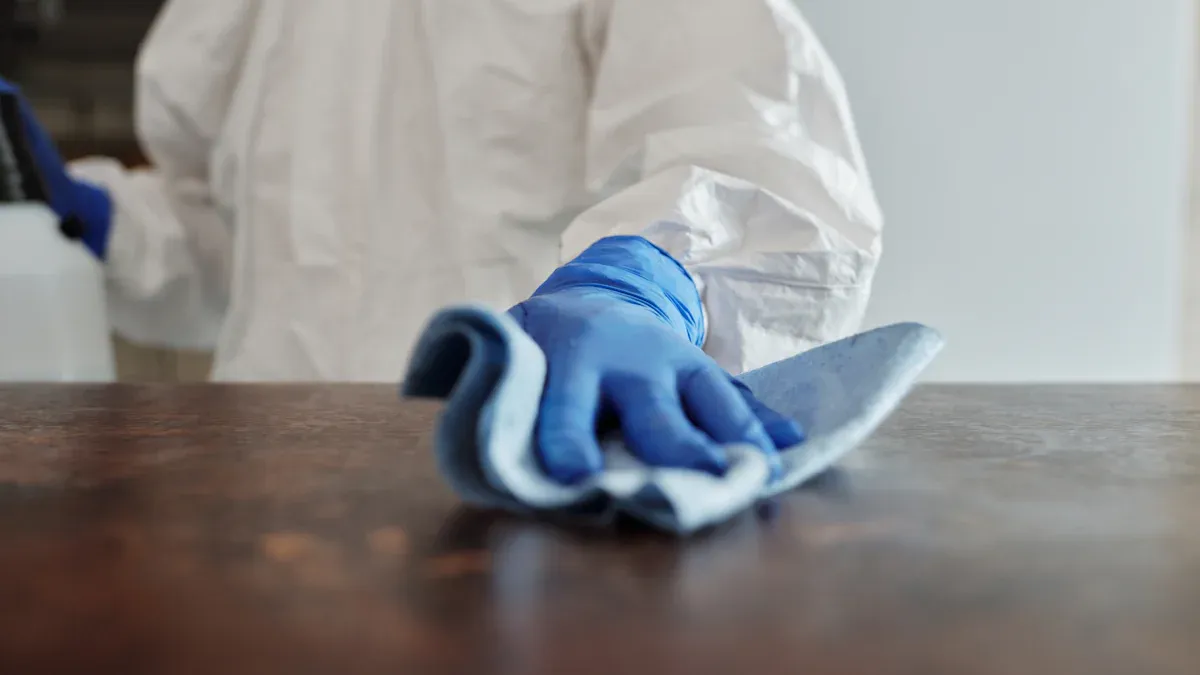
You use your CPAP machine to sleep well and breathe better, so understanding why clean CPAP machine maintenance is important is key. Cleaning it often stops bad germs, mold, and dust from building up inside. When you know why clean CPAP machine care matters, you protect yourself from breathing sickness and skin issues. If you skip cleaning, you might get sick or your therapy may not work right. Take care of your CPAP to stay healthy and help your machine last longer.
Key Takeaways
- Clean your CPAP machine every day. This helps stop germs, mold, and dust from growing. It keeps your lungs and skin safe.
- Use distilled water in the humidifier. Do a deep cleaning every week. This helps your equipment work well and last longer.
- Change filters and parts when needed. This stops leaks and infections. It also helps your therapy work better.
- Cleaning often lowers your chance of getting sick. It helps prevent skin problems and allergies.
- Do not use strong soaps or automatic cleaners. Wash by hand with mild soap. Dry all parts before you use them for best safety.
Why Clean CPAP Machine
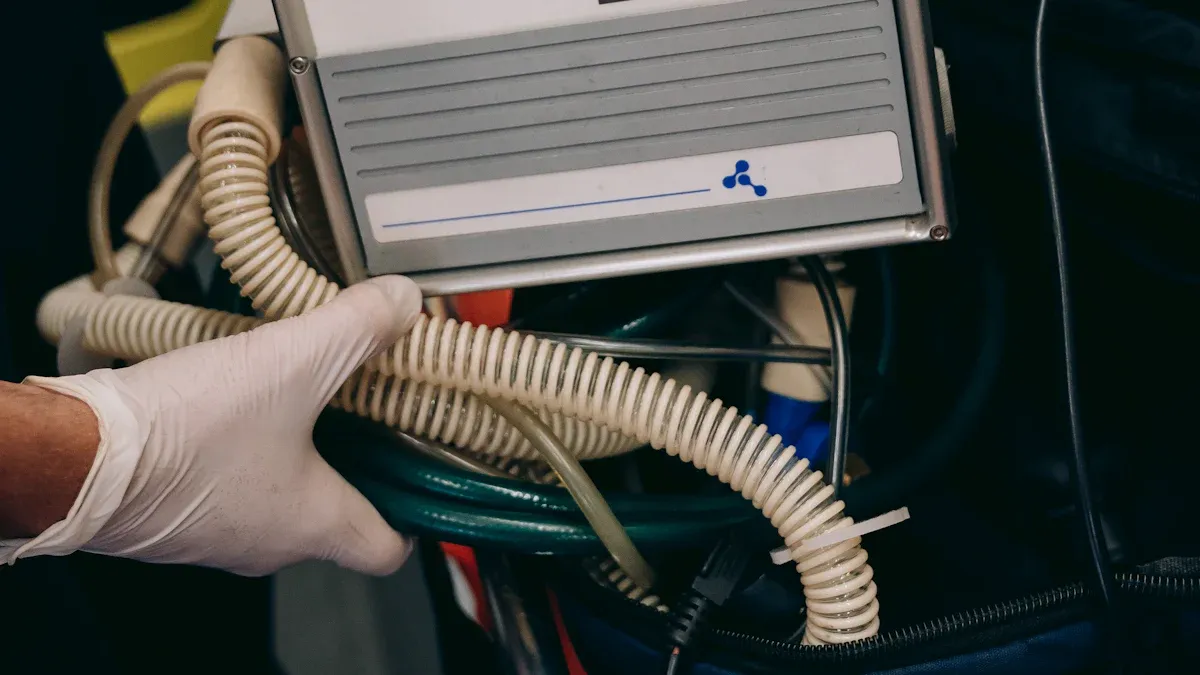
Health Protection
You might wonder why clean cpap machine care is so important for your health. When you use your CPAP every night, moisture and warmth build up inside the mask and tubing. This creates a perfect place for bacteria, mold, and viruses to grow. If you do not clean your machine, these germs can enter your lungs and cause serious illnesses. Medical research shows that people who skip regular cleaning risk infections like pneumonia and sinus problems. Some cases even led to hospital stays because of bacteria from dirty CPAP devices.
Tip: Always use distilled water in your humidifier. Tap water can leave minerals behind and help germs grow.
Cleaning your CPAP mask and tubing every day removes oils and dirt from your skin. These oils attract more bacteria and can cause acne or rashes. When you keep your equipment clean, you protect your skin and help your mask fit better. A good seal means your therapy works well and you breathe easier at night.
- Regular cleaning helps you:
- Prevent bacteria and mold from growing.
- Avoid skin irritation and breakouts.
- Lower your risk of coughs, congestion, and lung infections.
- Keep your mask seal tight for better sleep.
If you want to know why clean cpap machine routines matter, remember that a clean machine supports your overall health and keeps you safe from germs.
Equipment Longevity
Taking care of your CPAP does more than protect your health. It also helps your machine last longer. When you clean your mask, tubing, and humidifier often, you stop dust, dirt, and minerals from building up. This keeps all the parts working the way they should.
Note: Following the manufacturer’s cleaning schedule can help you avoid costly repairs and keep your warranty valid.
Here are some ways regular cleaning extends the life of your CPAP:
- Washing parts that touch your skin every day keeps the mask cushion soft and prevents leaks.
- Cleaning the tubing and humidifier chamber each week stops mineral deposits and bacteria from damaging the equipment.
- Using only distilled water in the humidifier prevents hard water stains and keeps the chamber clear.
- Replacing filters and worn parts on time ensures your machine runs smoothly and delivers steady airflow.
- Storing your CPAP in a dry, clean place protects it from moisture and sunlight, which can break down plastic and rubber.
If you follow these steps, you will see why clean cpap machine habits save you money and trouble. Clean equipment works better, feels more comfortable, and lasts longer. You also avoid problems that could make your therapy less effective.
A regular cleaning routine is the best way to protect both your health and your investment in your CPAP machine.
Health Risks
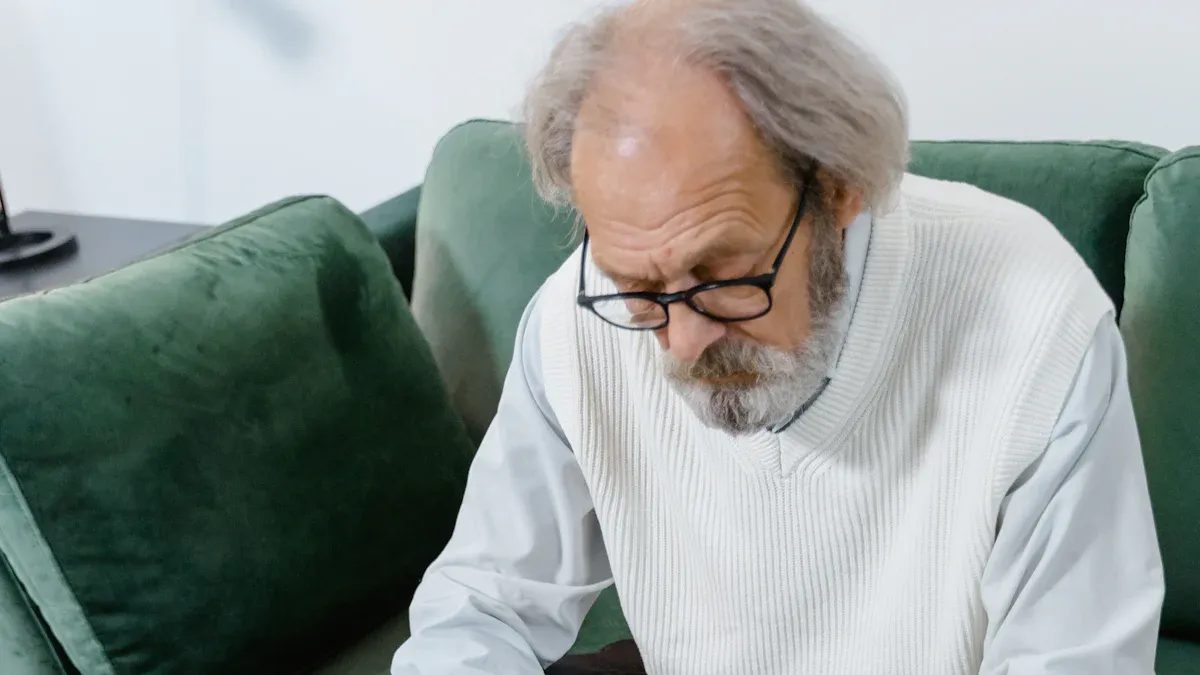
Respiratory Infections
You breathe air through your CPAP mask, tubing, and humidifier every night. If you do not clean these parts, bacteria and mold can grow inside. These germs can get into your airways and cause infections. You might get a runny nose, sore throat, cough, or feel stuffed up. Sometimes, these infections get worse and turn into sinus infections, bronchitis, or pneumonia.
A study showed people who skip cleaning their CPAP have a higher chance of getting airway infections. The risk goes up if you use a humidifier and leave water in it. Bacteria like Staphylococcus and Pseudomonas can live in dirty equipment. These germs can cause small problems like a stuffy nose or big problems like pneumonia. People with other health issues are at even more risk.
Tip: Always empty and dry your humidifier after you use it. This easy step helps stop bacteria and mold from growing.
If you want to know why clean cpap machine care matters, remember that cleaning keeps your airways safe from germs.
- Common symptoms from dirty CPAP use:
- Congestion and runny nose
- Sinus infections
- Sore throat
- Coughing and sneezing
- Chest pain and trouble breathing (if severe)
Skin Issues
Your CPAP mask touches your face for many hours each night. If you do not clean it, oils, sweat, and dirt build up. This can make your skin red, sore, or cause acne. Bacteria and mold from a dirty mask can make these problems worse. You might see rashes, peeling skin, or sore spots where the mask sits.
Not cleaning your mask lets bacteria and grime collect. This can lead to redness and soreness called irritant contact dermatitis. Moisture under the mask helps germs grow. A mask that does not fit well can rub your skin and make it hurt more.
- Ways to stop skin problems:
- Wash your mask cushion every day with mild soap and water.
- Let all parts air dry before you use them again.
- Replace mask cushions and filters when needed.
- Make sure your mask fits well to stop rubbing.
- Wash your face before you put on the mask to remove oils and dirt.
Keeping your CPAP mask clean helps you avoid skin problems and makes therapy more comfortable.
Allergic Reactions
Dust, mold, and bacteria can build up in your CPAP machine if you do not clean it often. These things can cause sneezing, itchy eyes, and a sore throat. Some people get rashes or feel tired and achy. Allergens can also make it harder to sleep well.
| Symptom Category | Allergic Reactions and Symptoms in CPAP Users |
|---|---|
| Nasal and Sinus Symptoms | Nasal congestion, runny nose, sinus pain |
| Eye and Ear Irritation | Itchy eyes, watery eyes, ear pain |
| Respiratory Tract Irritation | Throat irritation, coughing, chest tightness |
| Skin Reactions | Rashes, itching, redness, acne |
| General/Systemic Symptoms | Headache, fatigue, chills, fever |
| Severe Complications | Fungal infections, mold toxicity |
You can lower your risk of allergic reactions by cleaning your CPAP equipment with approved solutions. Use hypoallergenic filters and change them as recommended. If you notice allergy symptoms, check your cleaning routine and talk to your doctor.
Note: Allergens like dust mites, pollen, and pet dander can get trapped in your CPAP mask and tubing. Regular cleaning removes these triggers and helps you breathe easier at night.
Not cleaning your CPAP can raise your risk of infections and allergies. It can also make your sleep apnea therapy work less well. Dust and dirt can block airflow, and germs can make you sick. Clean equipment helps you get the full benefit of your CPAP therapy.
Cleaning Routine
Daily Steps
Clean your CPAP mask, tubing, and water chamber every day. This stops bacteria, mold, and dust from growing. First, take apart your mask, hose, and headgear. Rinse each piece with warm water. Use mild soap or a CPAP wipe to clean the mask. Wipe the outside of the machine with a damp cloth. Always empty the humidifier and let it dry. Hang the mask, headgear, and hose to dry before you use them again.
Tip: Check all parts for cracks or damage every day. Replace anything that looks broken.
Cleaning every day gets rid of oils, sweat, and germs. This helps you avoid skin problems and keeps your therapy safe.
Weekly Steps
Once a week, clean your CPAP equipment more deeply. Unplug the machine and take apart the tubing, mask, and humidifier. Soak the mask and tubing in warm, soapy water. For the humidifier, use half white vinegar and half warm water. Let it soak for 20–30 minutes to remove minerals. Rinse all parts with clean water. Shake off extra water and let everything dry on a towel. Put the machine back together only when all parts are dry.
- Weekly cleaning helps you:
- Stop minerals and mold from building up.
- Remove oils, dust, and bacteria from surfaces.
- Lower the chance of bad smells, skin problems, and infections.
Replacement Tips
Changing CPAP parts often keeps your therapy safe. Old or worn parts can leak, feel uncomfortable, or cause infections. Follow this table for when to replace each part:
| CPAP Part | Replacement Interval |
|---|---|
| Disposable Filters | Every 2 weeks |
| Mask Cushions/Pillows | Every 1 month |
| Mask (entire) | Every 3 months |
| Tubing (Hose) | Every 3 months |
| Headgear/Straps | Every 6 months |
| Humidifier Chamber | Every 6 months |

If you do not change parts on time, you might get leaks or bad air. You could also get sick more easily. Replace parts as needed to keep your CPAP working well.
Myths & Facts
Common Misconceptions
Some people believe things about CPAP cleaning that are not true. You might think you only need to clean your CPAP sometimes. But you really need to clean it often. Some people use automatic cleaners and think they do everything. These machines do not take the place of cleaning by hand. They can leave some germs behind. If you use strong cleaners or soaps with smells, you can hurt your mask and tubing. You should pick a gentle soap with no scent.
- People often get these things wrong:
- Washing your CPAP once in a while is enough.
- Automatic cleaners make your CPAP totally clean.
- Strong cleaners work better.
- You do not need to dry your CPAP after washing.
- Small pieces do not need to be cleaned.
- Filters last longer than the directions say.
- Cleaning a CPAP is too hard.
- Ozone or UV cleaners are always safe.
Safety alert: Ozone and UV cleaners are not approved by the FDA. Some people have gotten headaches, trouble breathing, and nose problems from them. The safest way is to wash by hand with soap and water.
If you skip cleaning your mask every day, oils and germs can build up. If you do not dry the tubing and humidifier, mold can grow. If you forget to clean small parts, dirt can collect there. Using old supplies for too long can make your mask less comfy and not seal well.
Evidence-Based Advice
You can keep your CPAP safe if you follow expert tips. Cleaning does not have to be hard or take a long time. Most people only need to clean their CPAP once a week. Washing your hands and cleaning surfaces helps stop germs. Sleep doctors say you should check in often and learn how to use your CPAP.
| Cleaning Practice | Percentage of Americans Prioritizing | Notes on Importance |
|---|---|---|
| Handwashing | 61% | Matches health recommendations |
| Cleaning toilets and showers | 56% | Supports hygiene |
| Disinfecting frequently touched surfaces | 51% | Controls germs |
| Doing laundry | 47% | Supports health |
| Dusting | 22% | Reduces asthma and allergy triggers |

Try not to drink alcohol before bed and keep good sleep habits. Moving your body every day can help you sleep better. Cleaning your CPAP is fast and simple. You just need gentle soap and water. Cleaning the right way stops sinus infections and keeps your CPAP working. Remember, machines cannot do everything. You still need to care for your CPAP.
You now know why clean cpap machine care matters for your health and your device. Regular cleaning lowers your risk of infections, skin problems, and allergies. It also keeps your CPAP working well and lasting longer.
Simple routines—like washing your mask daily and replacing filters on schedule—help you sleep better and feel your best.
- Remember to use mild soap, avoid harsh chemicals, and store your equipment in a clean, dry place.
Stay consistent with your cleaning habits to protect your health and enjoy restful nights.
FAQ
How often should you clean your CPAP mask and tubing?
You should clean your CPAP mask and tubing every day. This keeps germs, dust, and oils away. Daily cleaning helps you breathe easier and keeps your skin healthy.
Can you use regular soap to clean your CPAP equipment?
Use mild, fragrance-free soap. Strong soaps or scented cleaners can damage your mask and tubing. They may also leave behind smells that bother you at night.
What happens if you skip cleaning your CPAP machine?
If you skip cleaning, bacteria and mold can grow. You might get sick or have skin problems. Your CPAP may not work as well, and you could notice bad smells.
Do you need to replace CPAP filters even if they look clean?
Yes, you need to replace filters on schedule. Even if they look clean, dust and germs can build up inside. Fresh filters help your CPAP deliver clean air.
Is it safe to use vinegar to clean your CPAP parts?
You can use white vinegar mixed with water to clean the humidifier chamber once a week. Vinegar helps remove minerals and kills germs. Always rinse well with water after using vinegar.







